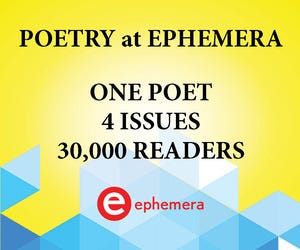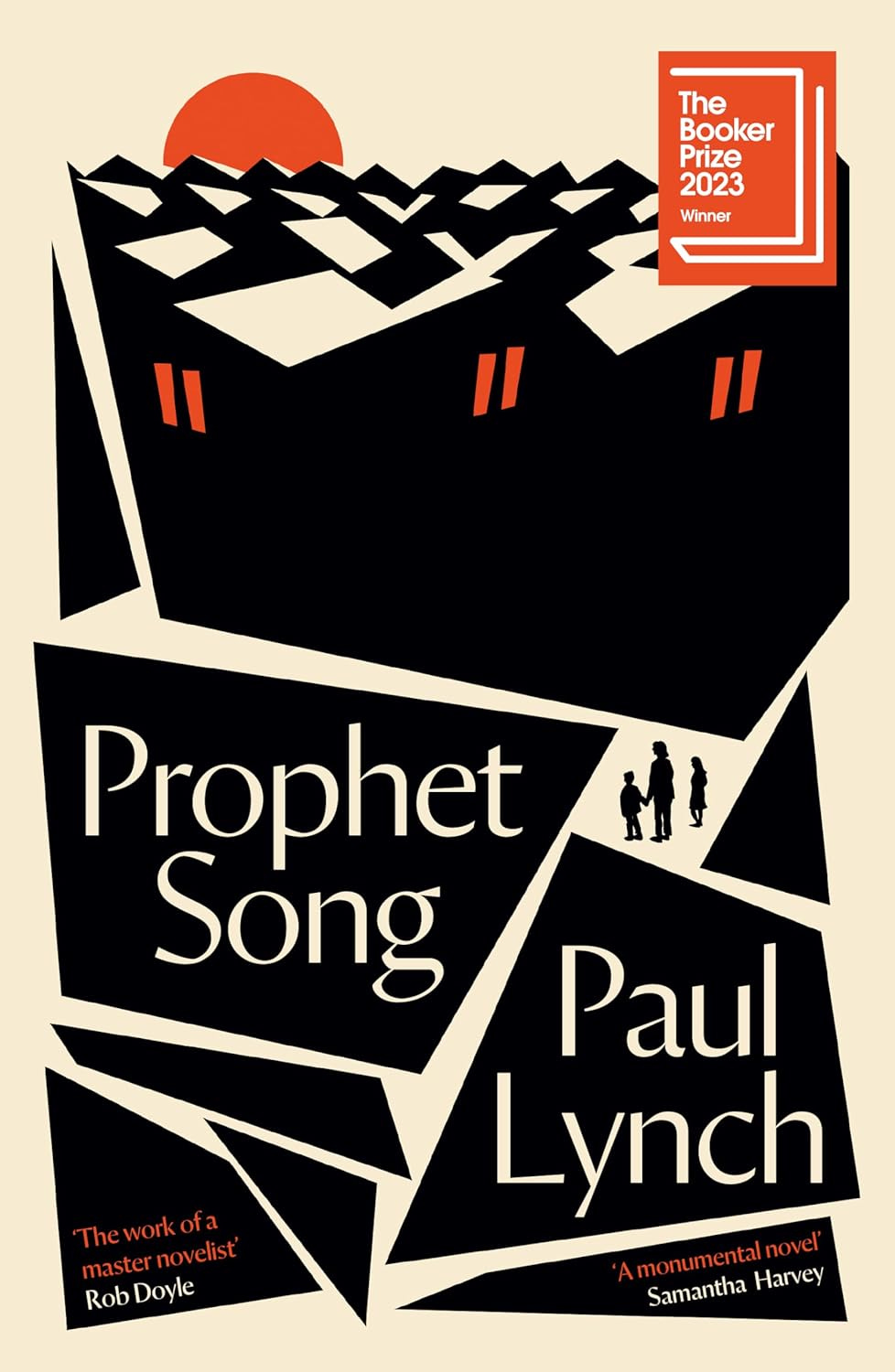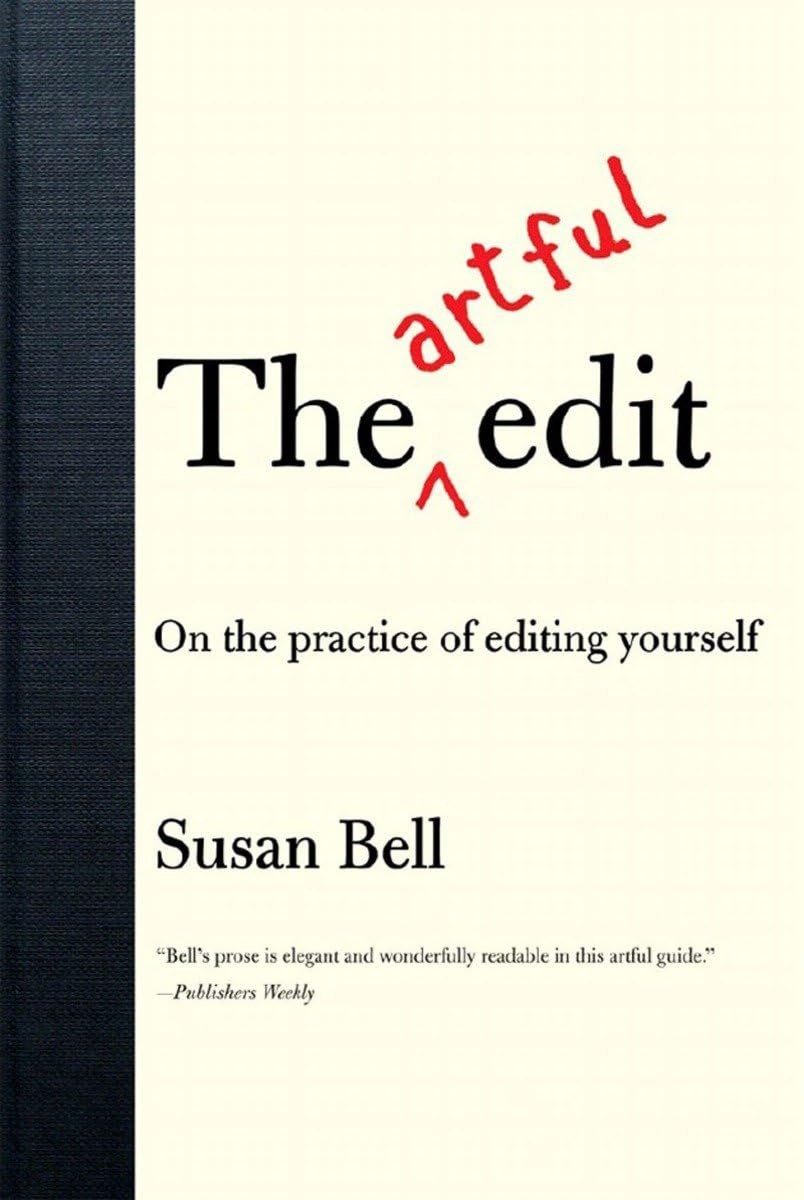Welcome to the Ephemera Newsletter, Ñoangirũ! (Guarani for “friends”)
We’re still in the throes of congratulating our December poetry finalist, Kirsten Shuying Chen, who will be the poet for the month! You can review her poems altogether once they publish as well as her artist statement and bio on this dedicated post on our Substack page. We thank you for checking out her work.
The deadline for submitting to February Poetry at Ephemera is December 31.
On to our standard content matters: Won’t you please check out last week’s issue if you missed it.
And here are some reminders:
Call For Submissions: We are open for February now. December 31 is the deadline. If you are a paid subscriber to Ephemera, you can submit to poetry @ Ephemera for free as a membership perk! (We email you a secret link at the end of the month). Free subscribers and anyone else can submit, too, with the reading fee and can submit up to 10 poems. Paying the reading fee will grant you 1-month paid access to Ephemera’s full letter. Learn more or:
In Brief…this week’s features:
Thoughts on The Romantics, and their well-liked mod-rock song “Talking in Your Sleep” which was sampled by The Weeknd and producers, a major component of the Dec.1 song selection “Secrets,” and the second sampled song stemming from that track.
Thoughts on art from Han Cao and her fiber art with found work.
December’s poet, Kirsten Shuying Chen and her third of four poems, “Most Animals”
Our weekly lists:
3 magazines with open calls
3 awards/prizes
3 recent job listings for editors and writers.
**No sponsor this issue: Sponsor our letter! Reach out to info@Litbreaker.com to advertise with us.**
More ephemera: check out an Interesante selection, a fun method for gaining perspective on and inspiration for place; Book Recs, bonus content, and our mini-essays to start!
Support us on Bookshop - See our past book recs and others. A highly curated list.
Merci. Danke. Kiitos. 고마워 Go-ma-wo. Cảm ơn. Xiè xiè.
Ephemera
Dear Readers,
Lists at the end of the year are tiresome…unless they’re the lists and notes you make for you. That’s how we’re spending any down time this last week of 2023, taking stock of the significant things of our year, both bad and good, minor and major, experienced or seen. Of course, we like to take notes as we go, and we recommend this practice, even if it’s just short form. You get to count it as “having written” any time you spend on note-taking in this way. That’s not our rule but one of the general writers’ rules that you grow to intuit or extract from the elders around you. Note-taking is writing. Collecting disparate, interesting or at least concrete and affecting in some way details not only aids your memory, but gets you in the practice of noticing. Journaling, we suppose, is what we’re advocating for. And of course you can journal however you see fit. But, why not also make sure to think of your experiences as useful to your future self, how you might write coming up when we have regained control of our schedules (thanks holidays). Future you might like the detail about your significant’ other’s aunt’s friend’s treachery at a board game the week prior. Future you might could use the feeling of catching ill savagely over the break—the taste of the mouth, any specificity on the textures of the bedding, the airs in the room. Non-you and you-you detail alike, galore. Take stock. Take notes. Reflect in as much detail as you can. Prepare your needle for this next year…
“I always look at images for a long time before I begin embroidering them, and most of the concepts come to me during this process – driven by composition as well as the expressions of the figures in the photograph.”
—Han Cao
Be like Han Cao (this week’s artist) and use all of your memory threads to your advantage in the piecing together of new art, in the embroidering of anything old you might have kicking around. You concrete significant and detailed memories and experiences are the raw fibers by which future you magically creates. Future you, having spun these wools and nylons and linens and cottons can weave them together. Merge a failed romantic tale with the epic of the lost ring your childhood bestie regaled you with at their anniversary trip to a baseball game. Baste, hatch, back, blanket, and ladder stitch to create new elements in your writing. A running stitch for pleasant gaps. Details and disparate yet well connected bits are a component of well-embroidered writing. We like flair. We like sometimes to see the construction—the artifice can be a part of the finished product and so your handicraft most be delicate, practiced. Notes now for future-sewing you. Take stock of the past and your pasts. Heed the demands of future you, hunched and fuming at your seat. The better the notes, the nicer the threads, the easier the stitches, the brighter and better-manufactured the text. If we could literally embroider our notes, we would be saucily emblazoned. New years resolution: learn to thread.
Aguyjereko!
(Gratitude)
Poetry by Kirsten Shuying Chen
Most Animals
What it must be like
to arrive headfirst
into everything—rooms conversations
light.
The body an afterthought,trailing behind. As in
the performance of dreams,
at best, an agility of guiltlessness, a suddenbird careens above the labyrinth
where the nest once was.
It’s hard to say why we’re here.Maybe compassion, revoked, was less
about our suffering, and meant more
to decipher the nearest signpost—not the end, which has always been
a failure of imagination, but rather,
the leaving, a much brighter tale—the originals all in wait, lined along the clearing.
The werewolf’s sugary residue.
The moonbeams pouring.
Bookstore: Guides, Gifts & Classics
Please consider supporting our letter and literature by buying books. It helps us and others! Bookstore via Bookshop.
Man Booker Prize Winner 2023: Prophet Song
From Last Week — The Artful Edit: On the practice of editing yourself:
Music: The Romantics
Keep reading with a 7-day free trial
Subscribe to Ephemera to keep reading this post and get 7 days of free access to the full post archives.





